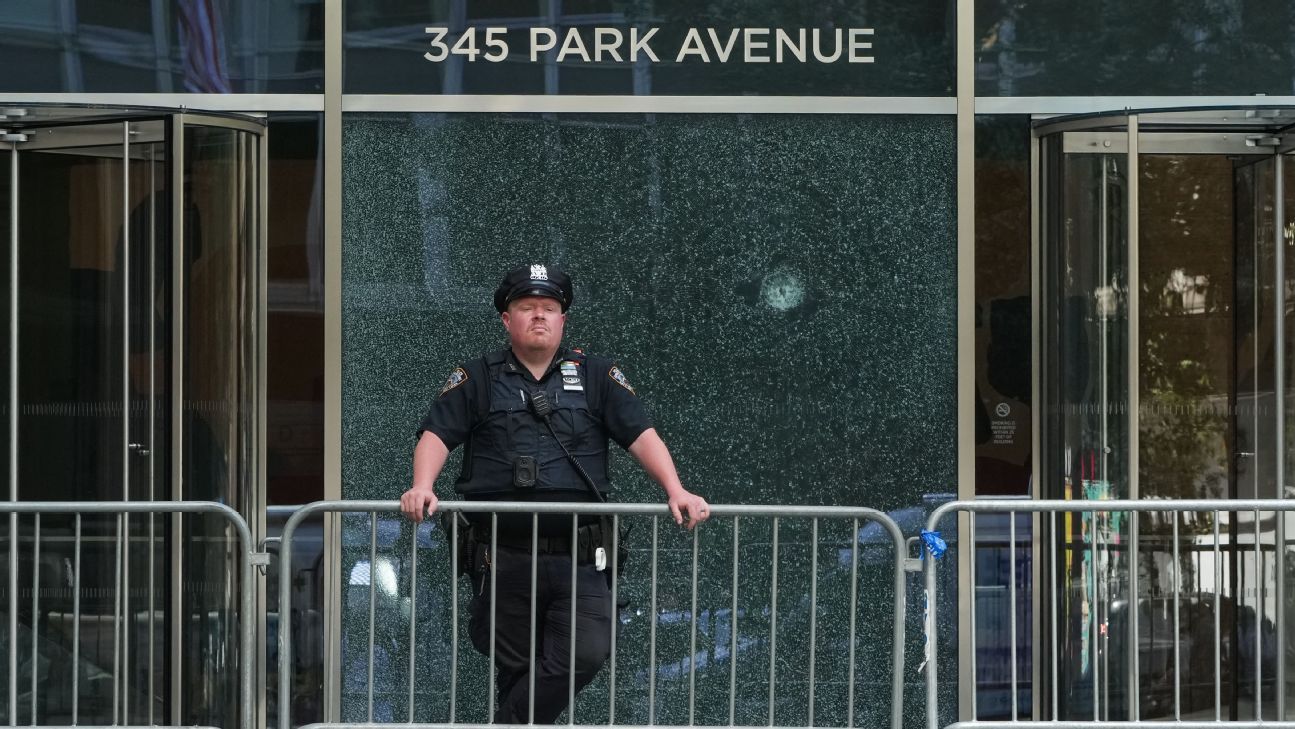In the aftermath of a devastating incident in Manhattan, brain experts are grappling with a profound challenge: determining whether Shane Tamura, the individual responsible for the tragic deaths of four people, suffered from chronic traumatic encephalopathy (CTE). This degenerative brain disease, notoriously complex, can only be definitively diagnosed post-mortem, casting a long shadow of uncertainty over the investigation and any immediate answers.
The intricate process involved in testing for CTE is a testament to the scientific rigor required. As detailed by leading brain researchers and experts, the procedure demands meticulous preservation, careful dissection, precise staining, and diligent microscopic examination of tissue samples taken from various regions of the deceased’s brain. This multi-stage analytical journey is far from instantaneous, requiring significant time and expertise.
Dr. Brent Masel, a distinguished neurologist and board member of the Brain Injury Association of America, underscores the extended timeline for such critical evaluations. He states unequivocally that this comprehensive process could span “a week, two [weeks],” making it clear that there will be no “instant answer” regarding Tamura’s condition. The waiting period highlights the delicate balance between scientific thoroughness and the public’s desire for immediate understanding.
Investigators believe Tamura, who was identified as a Las Vegas casino worker, had an unsettling intent to reach the NFL offices on that fateful Monday, following the initial shootings in a building’s lobby. A crucial misstep in entering the wrong set of elevator banks inadvertently altered the course of his tragic spree, drawing a chilling connection to the sport that now faces increasing scrutiny over player safety.
Despite never having played in the NFL, Tamura’s history includes playing high school football in California approximately a decade ago. Police reports have also confirmed a documented history of mental illness, adding layers of complexity to the understanding of his motivations and the underlying factors contributing to the horrific events that unfolded.
A deeply revealing note discovered in Tamura’s wallet provided a disturbing glimpse into his inner turmoil. In the message, he expressed a belief that he suffered from CTE and harbored a significant grievance against the NFL. The note also contained repeated apologies and a poignant request for his brain to be meticulously studied for the presence of CTE, underscoring his own awareness or suspicion of the debilitating condition.
Even with such compelling clues, brain experts caution against making direct causal links between a CTE diagnosis and the shooting incident itself. This critical distinction emphasizes that while the disease can profoundly affect cognition and behavior, establishing a direct correlation to violent acts is a complex and nuanced scientific and ethical challenge that requires extensive research and careful interpretation.
Dr. Kofler suggested that diagnosing CTE in a younger individual might, “in some cases,” prove less challenging due to the absence of age-related brain changes that can complicate examinations in older patients. This insight offers a potential avenue for clearer diagnostic outcomes in younger cases, but still underlines the inherent difficulties of the disease’s detection.
Furthermore, Dr. Masel reiterated an essential point for public understanding: not every individual who has sustained multiple brain injuries will necessarily develop CTE. This distinction is vital in preventing overgeneralizations and ensuring that public discourse remains grounded in the precise, evolving understanding of this complex neurological condition and its varied manifestations.






Leave a Reply